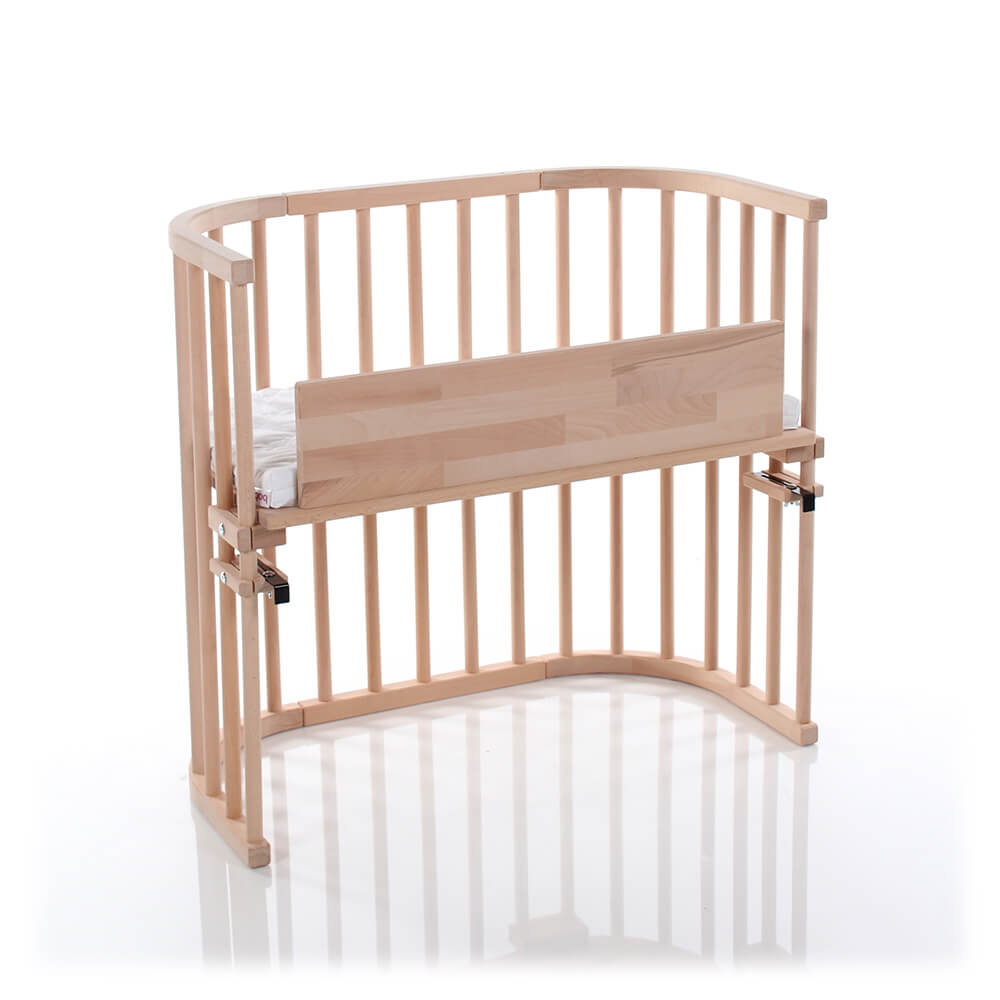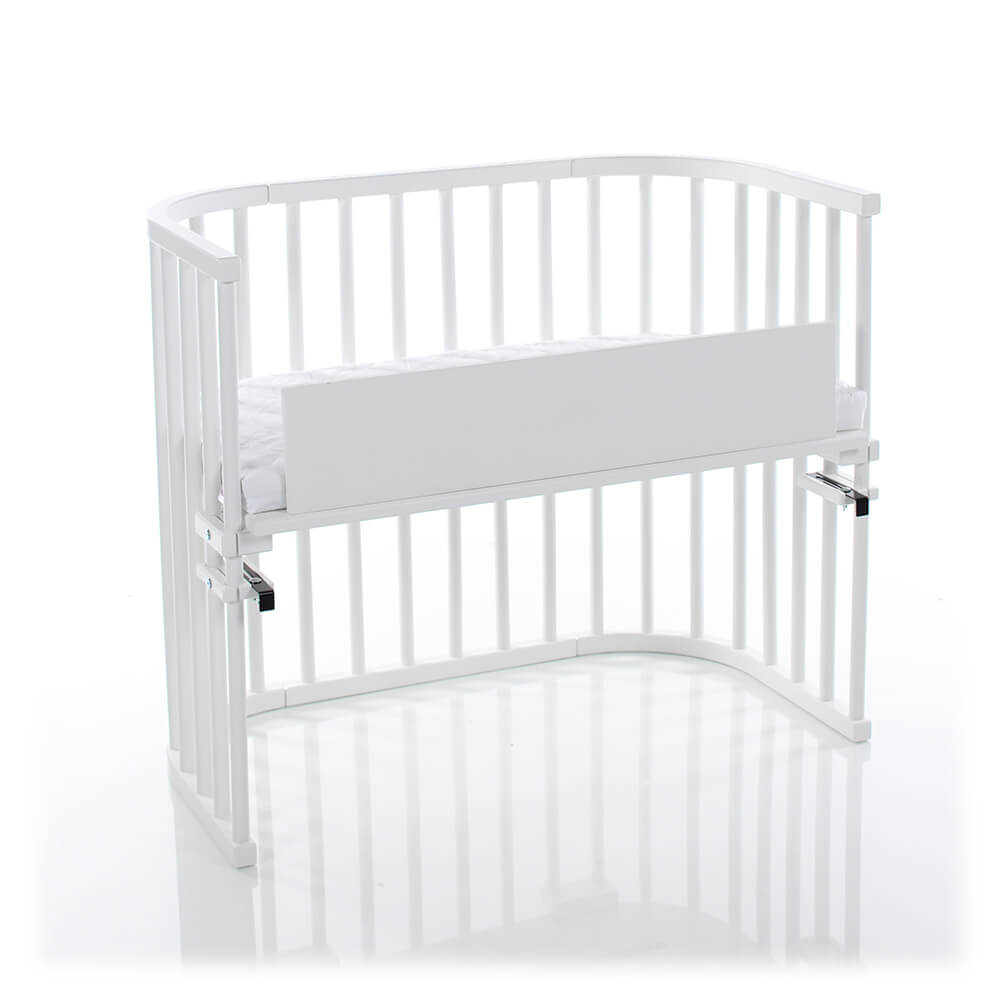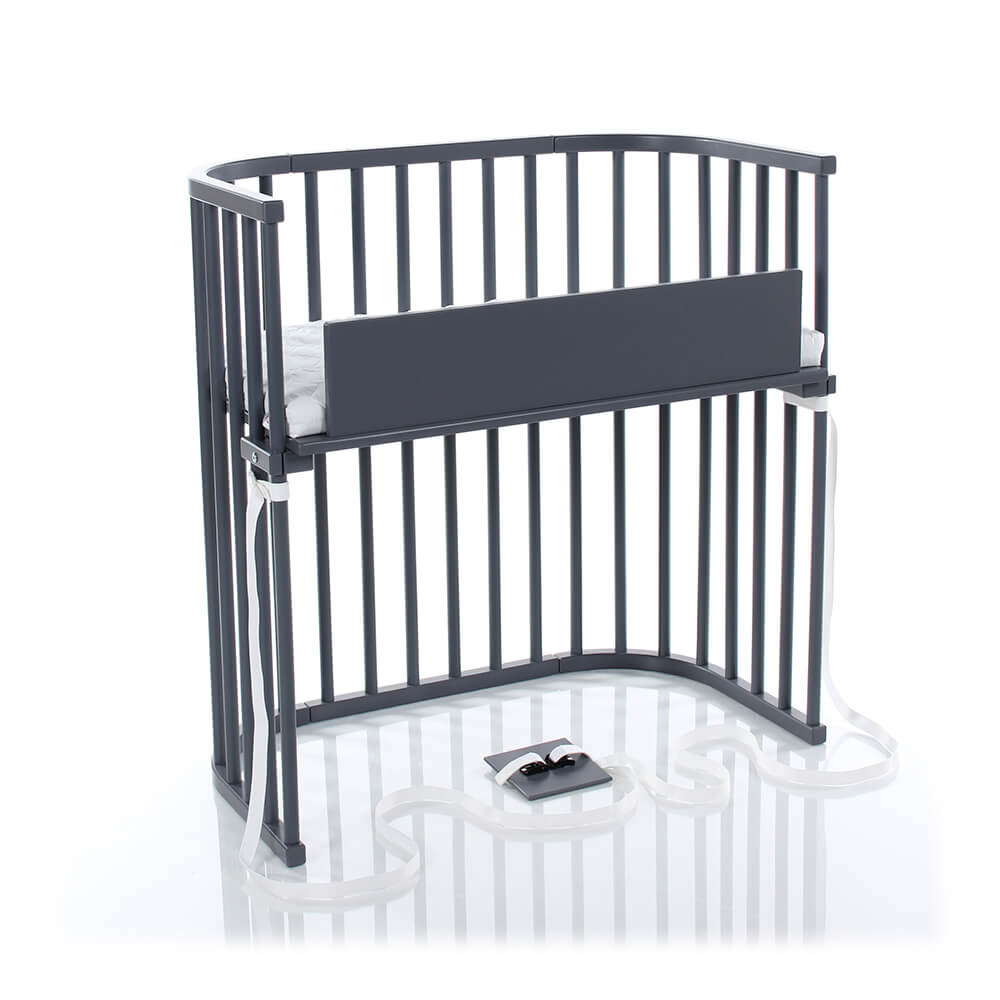Here’s a fast fact that may surprise you (or may not surprise you, depending on how many newborns you’ve cared for over the years): by the age of two, most children will have spent more time asleep than they’ve spent awake.
But as any parent of a newborn baby knows, figuring out how to help your baby sleep through the night can be a challenge. Because though your baby might love escaping to dreamland, that doesn’t mean they’re good at catching Z’s on your schedule.
Luckily, there are a few tricks to put your baby to sleep that will help the whole family enjoy a better night of rest. Here are 4 of our sleep-giving favorites:

1. Discover Baby Sleep Cues
When your baby is tired, they’ll tell you.
Okay, it might not be quite that easy! But every baby has sleep cues that will clue you in that they’re in need of some rest.
Catching these clues is key. Because when it comes to how to make baby sleep at night, things can get tricky when your baby skips over “tired” and heads straight toward “over-tired.”
Though it might seem counterintuitive, it can be difficult to calm an over-tired baby down and settle into sleep. And by “difficult,” we mean 100% harder than if you catch your baby’s need for sleep right as it’s hitting the “I’m ready for bed” stage.
Not only is it often a challenge to put an over-tired baby to sleep, but over-tired babies can actually have a harder time staying asleep once they’ve finally closed their eyes.
Feeding will also become the last thing they want to do, often leading to a few more mid-night wake up calls than you want to take on as a sleepy parent. Which means both their sleep schedule and feed schedule could get disrupted when you miss their baby sleep cues, and yours could too.
How to recognize your own baby’s sleep cues:
Baby sleep cues can vary from kiddo to kiddo.
But if your baby is yawning, acting over-quiet or over-calm, is seeming fussy, is rubbing their eyes, seems disinterested, or is less social than normal, it might be a sign that they’re ready for sleep.
The most important thing is to start paying attention to your baby’s patterns and recognizing when changes in behavior are a sign it’s time for them to get rest.
Helping your baby get proper amounts of sleep during the day will also help them be less over-tired at night, while more easily cluing you in to whether or not those changes in behavior are just a little late-day grumpiness…or a clear sign that it’s time to get cuddled up in their baby bed.
2. Help Baby Sleep Through the Night With the Perfect Baby Bedtime Routine
During the first few months with your baby, it might feel like getting your baby to sleep at night is the top priority no matter what you have to do to make it happen.
If you’re feeling in “sleep survival mode” while running on just a few short hours of shut-eye yourself, it can be easy to rely on rocking baby to sleep as a way of getting your little one to snooze as quickly as possible.

However, these aren’t always sustainable ways of getting your baby to sleep at night. In the long run, your baby can become reliant on that pre-bedtime feed or pre-bedtime rock as a way of dropping off to dreamland.
And while this works fine for some families and some babies, other parents discover that their sleep is more interrupted and harder to get when their baby has a nursing-to-sleep association or depends on being rocked to sleep.
As your baby passes the 2-3 month mark, you’ll start to understand their sleep patterns better.
Which is why this is a good time to find other ways to clue your baby in that it’s time to get some rest.
Consider putting together a bedtime routine that soothes your baby through gentle cuddling, snuggling, singing, or quiet reading.
If you keep consistent about performing your chosen routine right before bedtime, your baby will begin to understand that these mean it’s time for them to get some sleep — so you can get some sleep too!
3. Get Baby to Sleep at Night By Helping Them Differentiate Between Day and Night
When your baby is first born, they don’t really know the difference between day and night. (And for good reason! They’ve spent the last 9 months in the womb, after all.)

They need to learn when the best time of day to rest is, and how to know when it’s time to be awake.
(In technical terms: they need help developing a healthy circadian rhythm, which is the internal clock that helps us know when it’s time to sleep and when it’s time to be awake in the world).
One of the best tricks to get baby to sleep is to adapt their environment so that the difference between day and night is clear.
Leave the windows open to let light in during the day, and keep these daytime hours as the most energetic and social ones you’ll spend with your baby.
As the night comes, start to dim the lights, do calming activities like putting on light music, and hold off on giving your baby as much social time.
Over time, your baby will start to understand that there are differences between night and day, while feeling more encouraged to be calm and restful during those dark and quiet nighttime hours.
4. Use a Baby Co-Sleeper or Bedside Crib
The American Academy of Pediatrics (AAP) recommends room sharing (or sleeping in the same room as your baby) for at least the first year of their life.
And that’s for good reason: the AAP recognizes how important close contact (including skin-to-skin contact) is for helping your baby feel safe and secure.
 There are plenty of benefits that come from sleeping close to your baby with a baby co-sleeper or bedside crib.
There are plenty of benefits that come from sleeping close to your baby with a baby co-sleeper or bedside crib.
In addition to giving your baby a feeling of nurturing support that lasts all night long (and keeps them happily drifting in dreamland for long, peaceful stretches of hours at a time), a baby co-sleeper can make nighttime nursing easier by helping you give baby what they need —without there being too much disruption to your own sleep.
And if your baby needs calming during the night, you’ll be able to offer them comfort and love without even needing to leave the bed.
Meaning you’ll help baby sleep through the night — without having to disrupt your own rest to do it (which is a definite win-win!).







